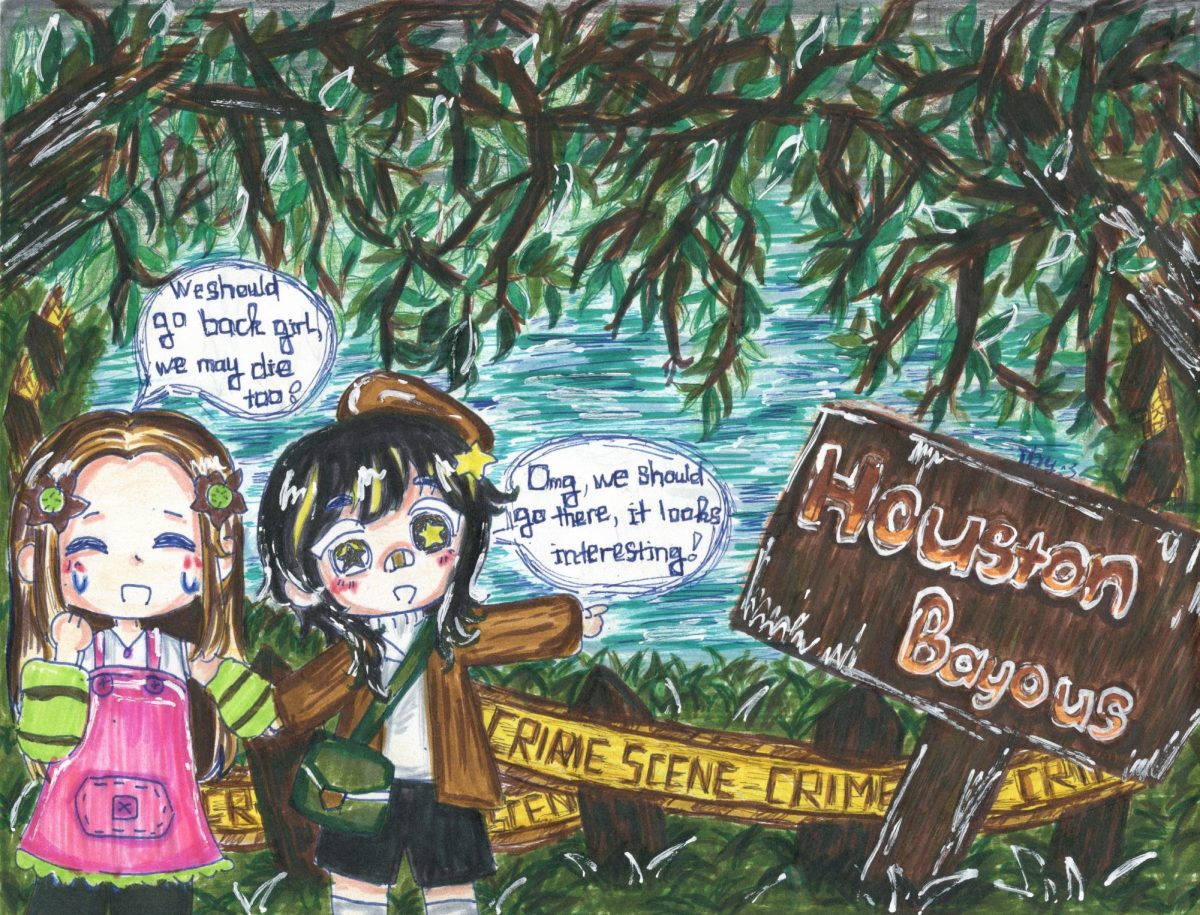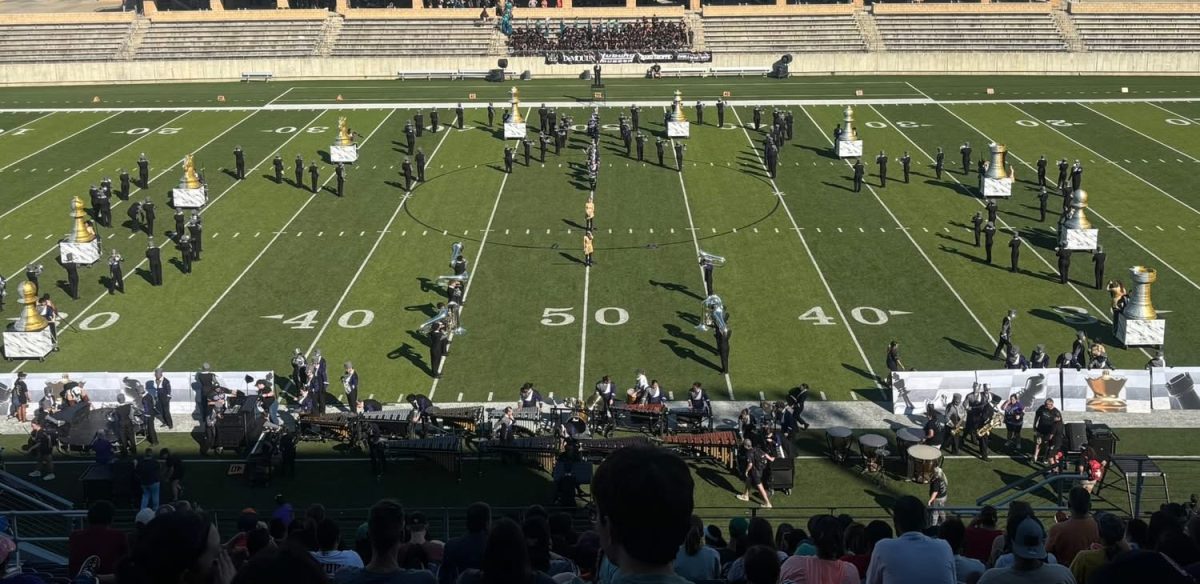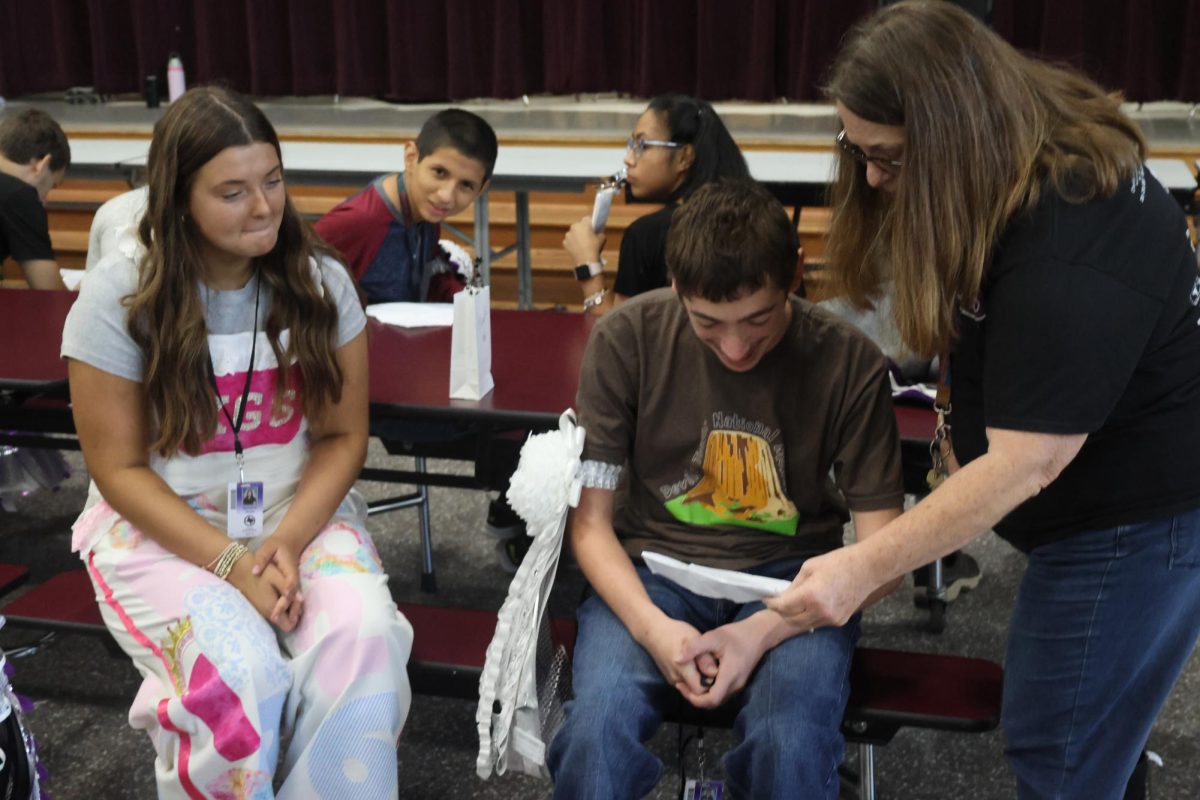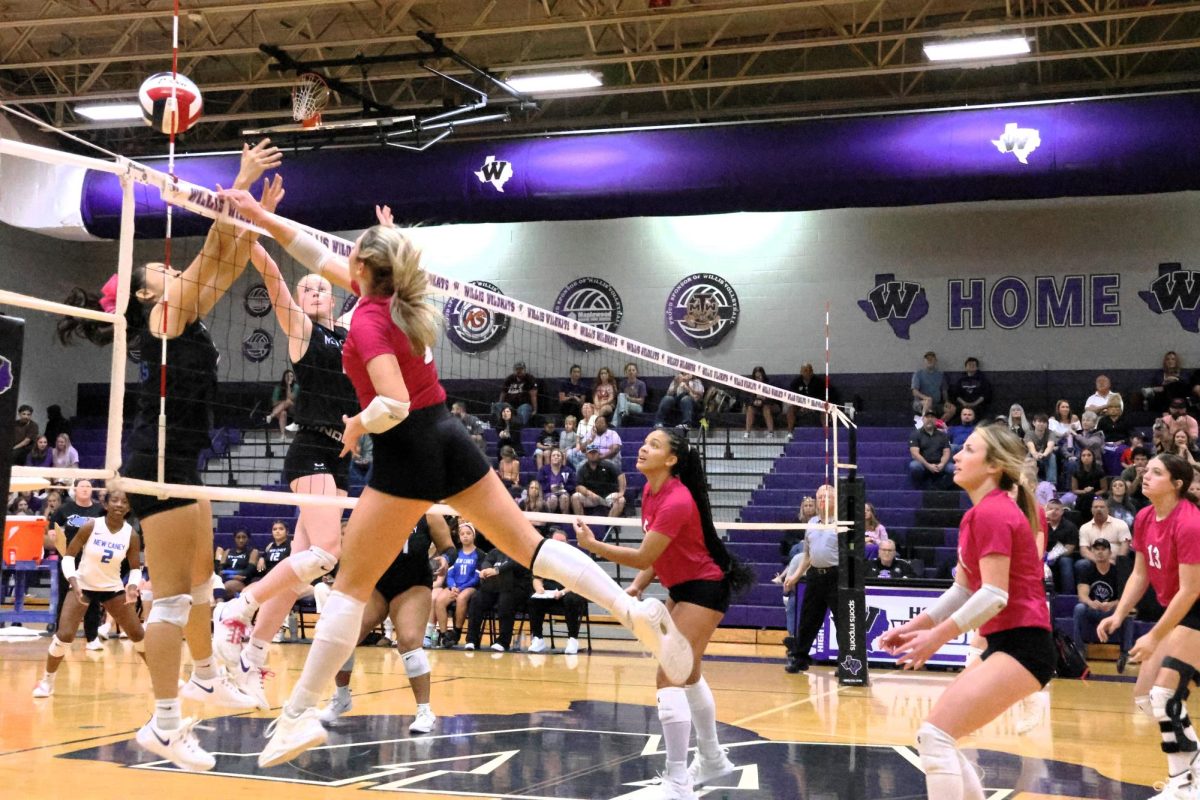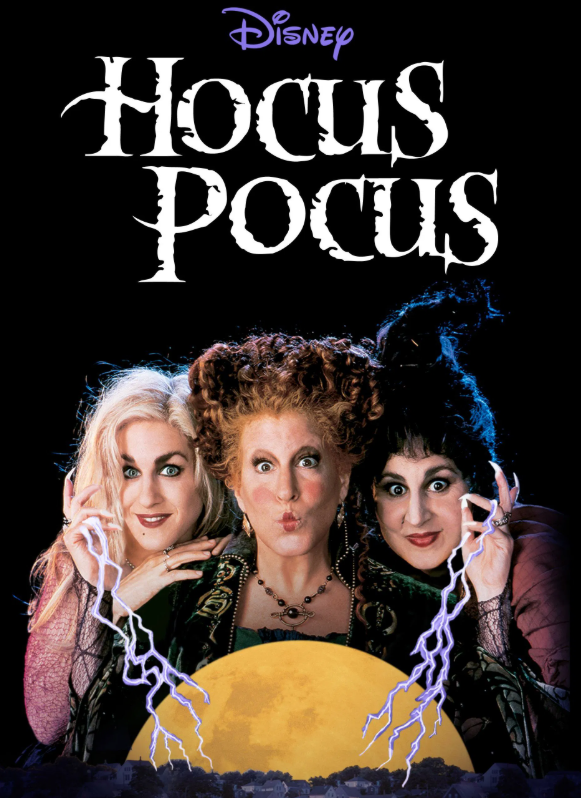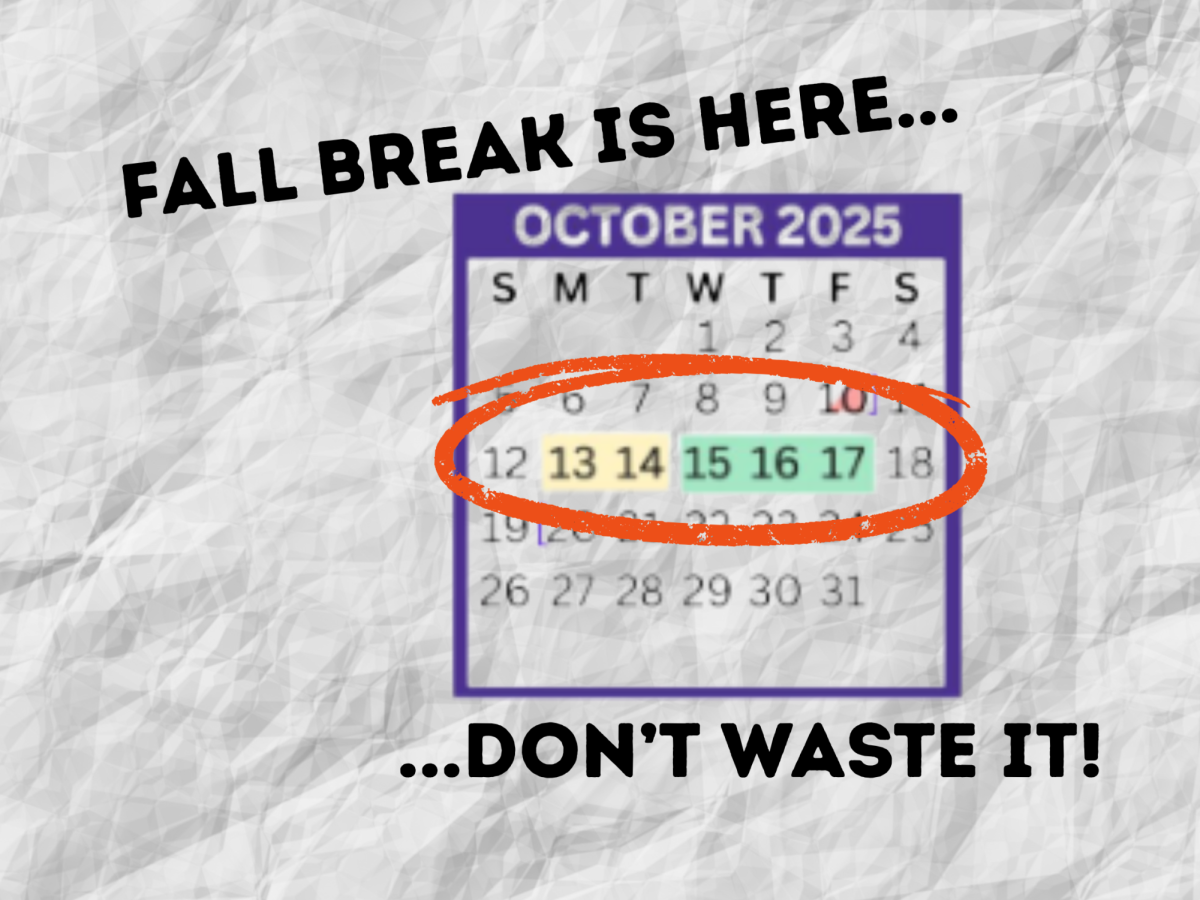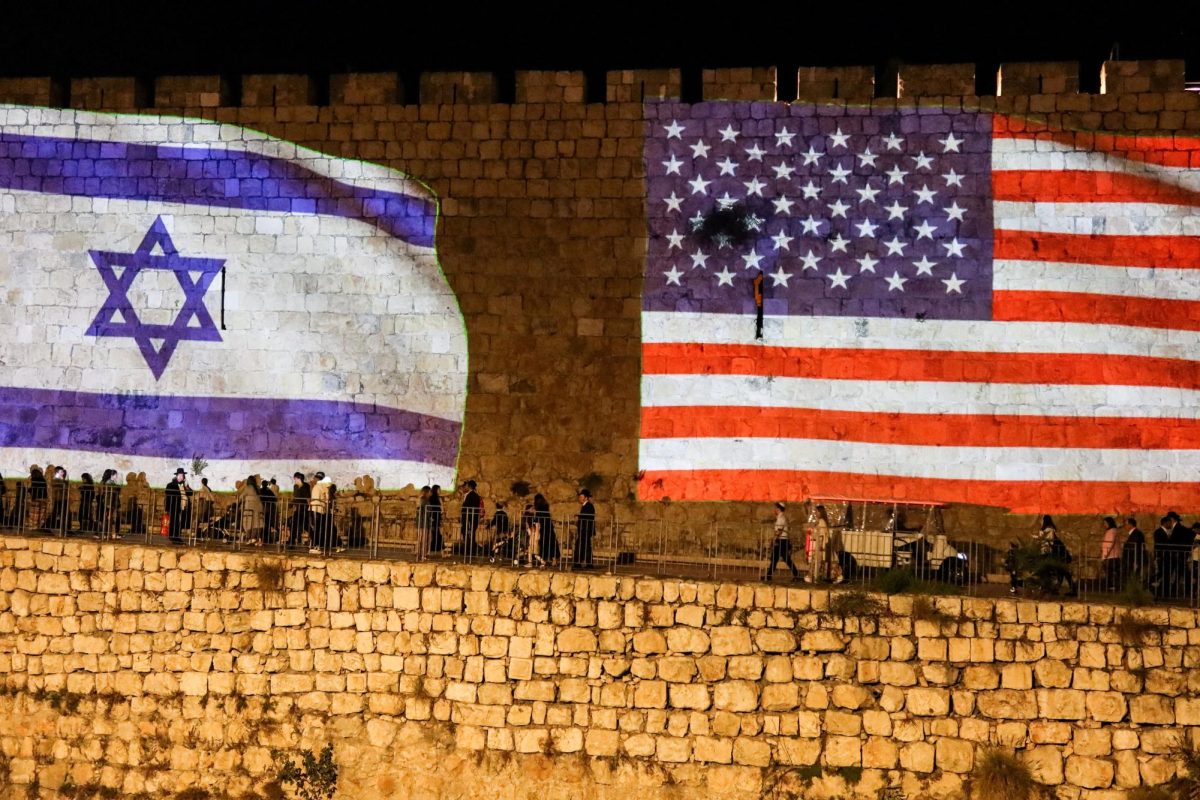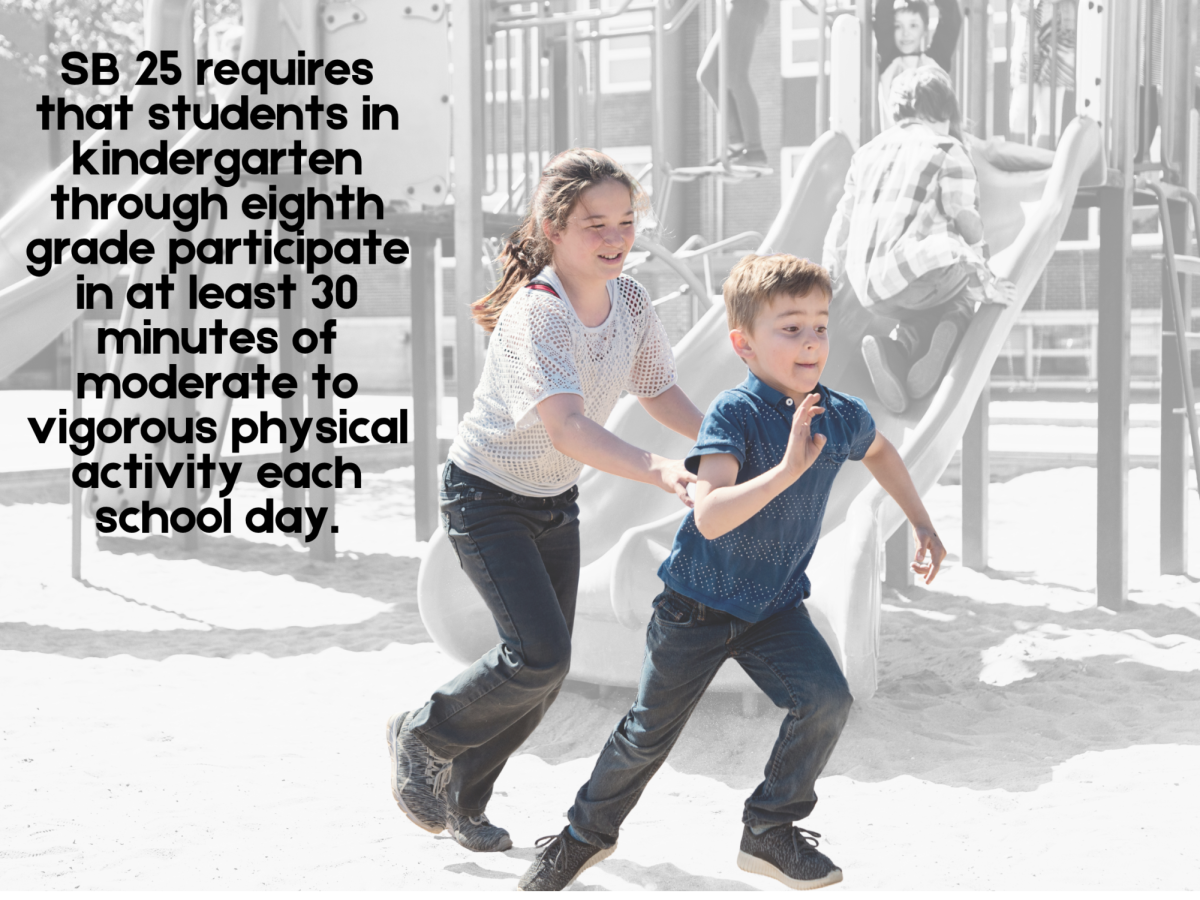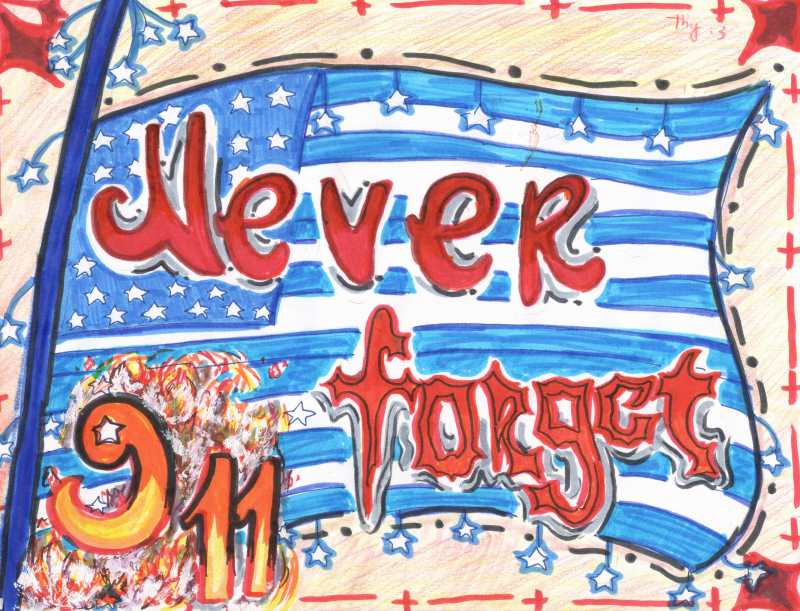The quiet, winding bayous of Houston have long been a defining feature of the city’s landscape-natural, meandering trails of water that cut through neighborhoods, forests, and parks. But in recent months, those same waters have become the focus of growing anxiety. Multiple bodies have been discovered in or near the bayous, reigniting public concern and pulling old fears back into the spotlight. For many Houstonians, it’s a grim reminder that the city’s violent history is never too far beneath the surface.
The news has spread unevenly-trickling into conversations at work, surfacing in local headlines, and stirring unease in communities already familiar with the darker side of Houston’s past. Among students at Willis High School, just north of the city, awareness of the bayou discoveries varies. While some students expressed a quiet unease upon learning about the bodies found so close to home, others hadn’t heard anything at all. Still, even secondhand knowledge of such events has left an impression. Most students who were aware said it made them more cautious and more aware of their surroundings. The idea that such violence could still occur nearby-quietly, suddenly, and without warning-was unsettling.
That reaction echoes a familiar feeling in this part of Texas. Houston has long been a backdrop for disturbing and often unfathomable crime cases that left entire communities shaken and permanently altered how people viewed the world around them.
One of the city’s most notorious chapters came in the early 1970s, when a man named Dean Corll – later dubbed the “Candy Man,”-was revealed to be behind one of the deadliest serial killing sprees in U.S. history. With the help of two teenage accomplices, Corll lured young boys and teenagers with promises of parties, rides home, or work. Over the course of three years, he kidnapped, assaulted, tortured, and murdered at least 29 boys, burying many of them beneath a boat shed in southwest Houston. The killings only came to light after one of his accomplices, Elmer Wayne Henley, turned on Corll and shot him during a standoff. In the days that followed, Henley led police to the gravesites—a revelation that horrified the nation and forever changed the way Houstonians viewed their city.
Decades later, another case would capture national attention, but this time from inside a quiet home in the Clear Lake area. In 2001, Andrea Yates, a mother of five, drowned each of her children in the bathtub, one by one. She later told police she believed she was saving them from eternal damnation. Yates had a long history of severe postpartum mental illness, and her case exposed serious cracks in the healthcare and legal systems that failed to protect her or her children. Though she was initially convicted of murder, a retrial later found her not guilty by reason of insanity. The tragedy sparked national conversations around maternal mental health and the stigmas that often surround it.
Even more chilling were the cases that went unsolved or unnoticed for years. In the 1990s, multiple young women disappeared in and around Houston. For a long time, their cases stalled, with few leads and little closure for the families left behind. Then, in 2016, convicted kidnapper William Reece led authorities to the remains of several victims after confessing to multiple murders. Reece, who had been imprisoned for a previous crime, admitted to the killings decades later, revealing that some of the bodies had been hidden in plain sight. His confessions brought long-delayed answers, but also deepened public frustration over why it had taken so long to find them.
Another grim figure in Houston’s criminal past was Anthony Shore, known as the Tourniquet Killer. Between 1986 and 1995, Shore assaulted and murdered several young girls and women, using a makeshift tourniquet to strangle his victims. He evaded capture for years until DNA evidence finally linked him to the crimes in the early 2000s. Shore eventually confessed in detail and was executed in 2018. His crimes, like so many others, left families broken and communities demanding better protection and faster justice.
Some crimes, however, remain cold. In 1979, a string of unsolved murders gripped the city when several bodies were discovered with signs of mutilation and, in some cases, decapitation. The horror of those killings lingers to this day, with no convictions and little resolution for the victims’ families, who are still searching for answers more than 45 years later.
All of this history forms a backdrop to the current unease. For some, the recent bodies found in the bayous are simply the latest chapter in a much longer story. The similarities—the isolation of the scenes, the lack of immediate answers, the slow trickle of official information—only add to the tension. In communities like Willis, that fear may not be expressed loudly, but it’s there, just under the surface. Students described feeling uncomfortable, more wary and even surprised to learn that something so dark could happen nearby without widespread attention. The fact that more than half of those spoken to hadn’t heard about the discoveries at all also says something—that even in an age of instant news and social media, certain stories still slip through the cracks.
What’s clear is that the unease isn’t just about these recent deaths. It’s about a pattern. It’s about how danger often hides in familiar places, how history seems to echo, and how quickly safety can feel like a fragile illusion. For a city like Houston, where some of the most horrifying crimes have come from behind closed doors, down quiet streets, or through wooded trails, these recent discoveries don’t feel like isolated incidents. They feel like reminders.
And for a younger generation-many of whom didn’t grow up hearing the names Corll, Shore or Reece-the headlines arriving now may be their first real exposure to Houston’s darker truths. Whether they hear about it in passing, read about it online, or talk about it in class, the impact is real. It changes how people move through their neighborhoods, how they think about their safety, and how closely they pay attention to what’s happening around them.
As the city waits for more answers, questions remain. Who were the victims? Why weren’t they found sooner? Is Houston safer now, or simply quieter? And how do you build trust in a city that has long struggled to bury the very violence that keeps resurfacing?
For now, the bayous continue to flow through Houston-quiet, winding, and deep. But for many, they’ve become symbols of something far more unsettling: the parts of the city’s past that never quite stayed buried.


